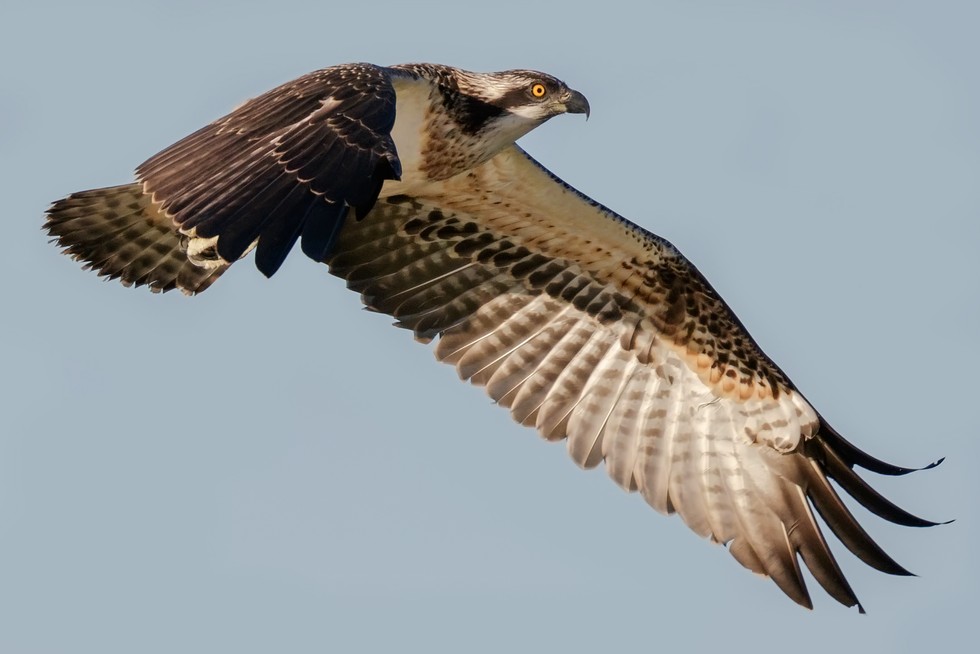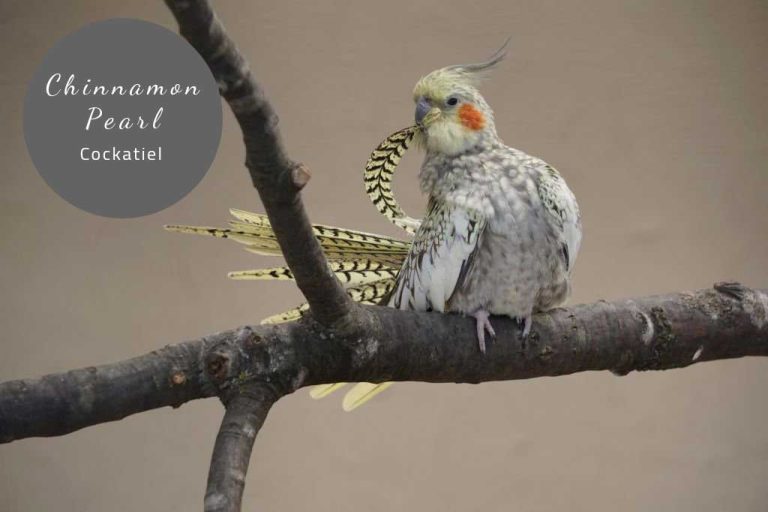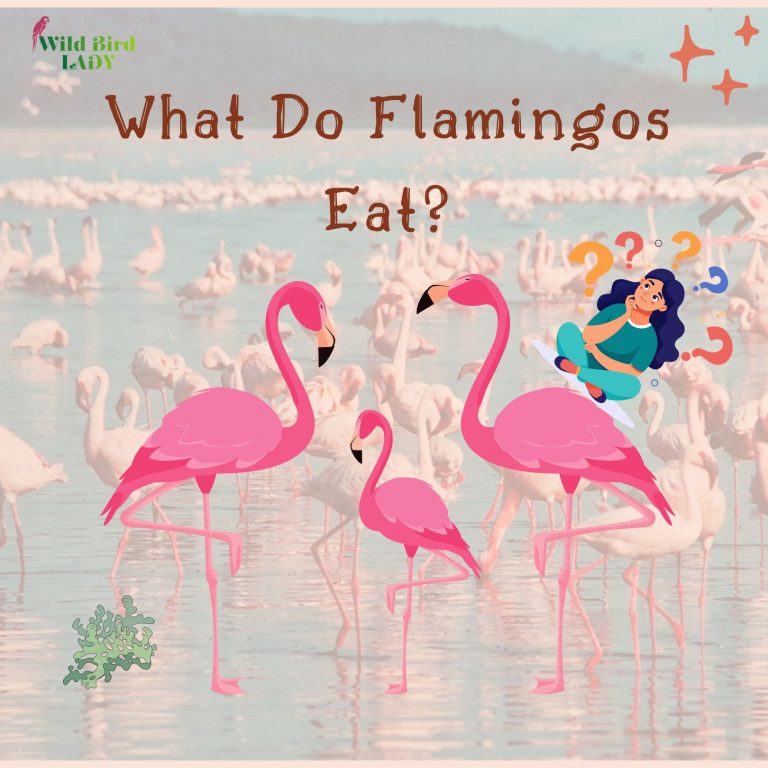Discovering: Do Hawks Migrate South in Winter?
Yes, some species of hawks do fly south for the winter. Hawks are migratory birds that exhibit incredible adaptations that allow them to travel long distances.
Their journey southward and back again is a celebration of life, as birds of prey like hawks inspire awe and wonder in many people. In this article, we will explore hawks’ migration habits, why hawks migrate, how they navigate during migration, and other questions related to these fascinating birds.
By the end of this article, you will have a deeper appreciation for hawks and their behavior during the colder months of the year. So, let’s dive in and learn more about whether hawks do, in fact, fly south for the winter.
Understanding Hawks And Their Behavior
Hawks are fascinating birds of prey that are found across the globe in various different species. To understand their behavior, it is essential to learn about their migration patterns. Hawks, like many other birds, are known to migrate for the winter season.
However, not all species of hawks migrate to the south in search of warmer climates during the colder months. Understanding the different types of hawks and their behaviors is crucial to gaining insight into their migration patterns. Observing their movements and actions during migration can help researchers and bird enthusiasts to better understand why and how hawks undertake such extensive journeys.
By learning about hawks, we can gain a greater appreciation for these majestic creatures and the important role they play in our ecosystem.
Factors That Affect Hawk Migration
Hawk migration is an intriguing topic among ornithologists and bird enthusiasts. Various factors affect the migration patterns of these birds of prey. Geography and climate play significant roles in determining the duration and distance of hawk migration. Their natural instinct to follow food sources and seek suitable habitats is also a crucial aspect of hawk migration.
Hawks migrate towards warmer climates and also to regions with abundant prey, ranging from small mammals to insects. With food availability dwindling during the winter months, many hawks fly south in search of better conditions. Thus, hawk migration is dependent on an interplay of many factors, and understanding these factors is essential to studying these fascinating birds.
Evidence Of Hawk Migration
Hawks are some of the most majestic birds in the world, but do they fly south for the winter? There is ample evidence to suggest that they do. Historical records show that indigenous cultures in north america have been tracking hawk migration patterns for thousands of years.
More recently, scientists have been using various tracking technologies to study the habits of hawks during migration season. One such technology is gps tracking, which allows researchers to track individual birds from their breeding grounds all the way to their wintering sites.
By studying the migratory habits of hawks, researchers can gain valuable insights into their behavior, and better understand how these incredible animals navigate across vast distances.
Common Hawk Migration Routes
Hawks, like other birds, have distinct migration patterns. Common hawk migration routes include the pacific, mississippi, appalachian, and atlantic flyways. During migration, hawks make stops along the way, allowing them to refuel and rest. These stops are crucial for their survival and successful migration.
Raptors use up a lot of energy during their flights, and poor weather conditions can disrupt their migration patterns and cause fatalities. Some species of hawks even migrate in flocks, making their journey safer and more efficient. Studying hawk migration patterns is important for conservation efforts and can help protect these birds during their critical migration journeys.
Frequently Asked Questions Of Do Hawks Fly South For The Winter
Do Hawks Migrate During Winter?
Yes, some hawk species migrate during winter to avoid extreme cold weather and limited food sources. They travel south to warmer regions with more available food.
How Far Do Hawks Travel During Migration?
Hawks can travel up to 3000 miles during migration from their breeding grounds to wintering grounds. The distance they travel varies depending on the species and the location they are migrating to.
Which Hawk Species Are Migratory?
Broad-winged hawks, red-tailed hawks, red-shouldered hawks, and sharp-shinned hawks are some of the common hawks that migrate during winter. However, not all species of hawks migrate.
Why Do Hawks Migrate In Flocks?
Hawks migrate in flocks for safety reasons. They travel in groups to protect each other from predators and to navigate better. Hunting and migration are easier for a group than for a lone hawk.
Do Hawks Always Migrate South During Winter?
Not all hawks migrate south during winter. Some hawk species such as the northern harrier hawk stay in their breeding grounds year-round. Other species may migrate west or east instead of south.
Conclusion
After conducting thorough research, we can conclude that hawks do, indeed, fly south for the winter. This fascinating behavior is just one of the many impressive abilities of these birds of prey. While some species prefer to migrate more than others, their survival instincts and adaptation skills allow them to navigate long distances to find suitable habitats and food sources.
This further highlights the importance of preserving and protecting their habitats to ensure that they can continue to thrive. As nature lovers, we couldn’t help but marvel at the majesty of these birds and their remarkable capabilities. Whether you observe them soaring through the sky or simply appreciate them from afar, hawks are a remarkable addition to the natural world we share.
Let us continue to appreciate and learn from these incredible creatures, and work towards safeguarding their future in the wild.








